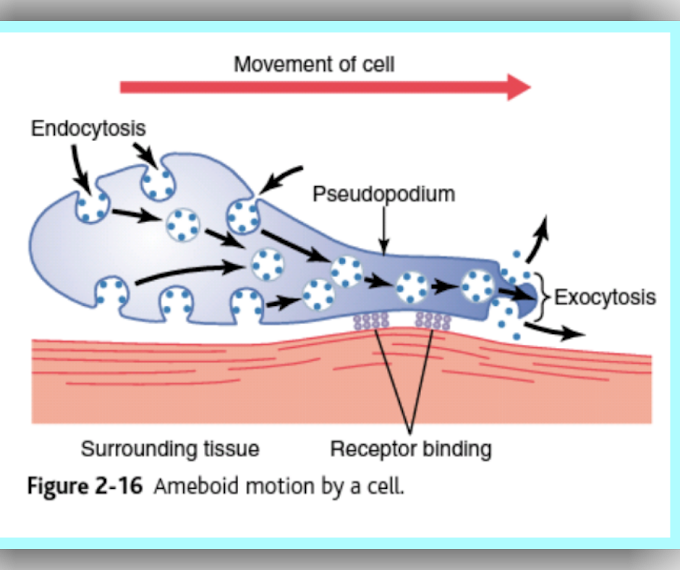Industrial melanism in moths evolved by natural selection The peppered moth Biston betularia provides one of the best known stories in evolutionary biology (See Figure).
In collections made in Britain in the eighteenth century, the form of the moth was always a light, peppered color. A dark (melanic) form was first recorded in 1848 near Manchester. That melanic form then increased in frequency until it made up more than 90% of the populations in polluted areas in the mid-twentieth century. In unpolluted areas, the light form remained common. Clean air laws were passed in the mid-twentieth century, and the frequency of the melanic form decreased in formerly polluted areas. The peppered moth can be used to illustrate the simple model of the previous section. A controversy has grown up about the peppered moth concerning the reason why the melanic and light-colored moths differed in fitness, although this does not matter while we are simply estimating fitnesses. The increase in frequency of the melanic form in polluted areas has classically been explained by bird predation. Some doubts have been raised about the evidence for this view. we begin by looking at estimates of fitness. All we need to know for these estimates is that natural selection is acting a just how it is acting, whether by bird predators or other factors, is another question. Before we can apply the theory of population genetics to a character, we need to know its genetics. Breeding experiments initially suggested that the difference in color was controlled by one main locus. The original, peppered form was one homozygote (cc) and the melanic form was another homozygote (CC), and the C allele is dominant. However, in other experiments the melanic allele was less dominant and the heterozygotes were intermediate; there seem to be a number of different melanic alleles. It may be that selection initially favored a melanic allele with no or weak dominance, and subsequently some other melanic alleles with stronger dominance. In any case, the degree of dominance of the melanic allele that was originally favored in the nineteenth century is uncertain, and it may have differed from the dominance shown by the melanic alleles that exist in modern populations. The first estimates of fitnesses were made by Haldane (1924), and he dealt with the problem of varying degrees of dominance by making two estimates of fitness, one assuming that the C allele is dominant and the other assuming that the heterozygote is intermediate. The real average degree of dominance was probably between the two.






0 Comments